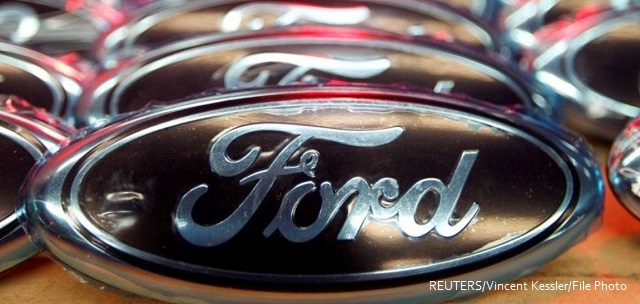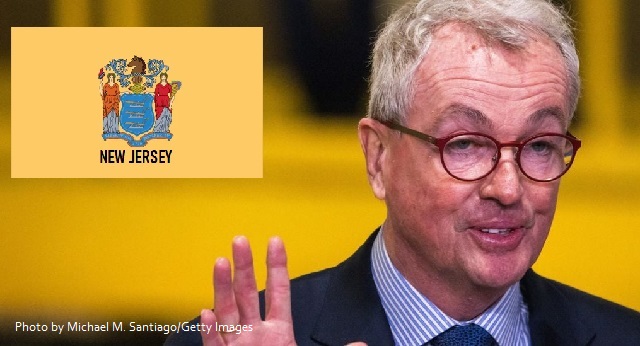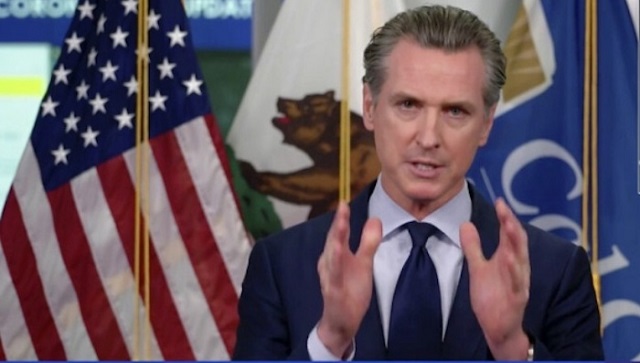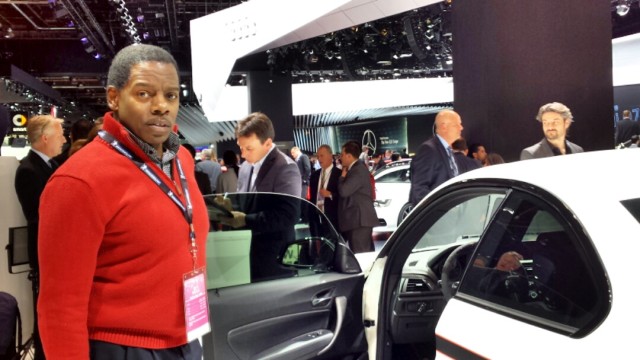Ford Puts Dent In Biden’s Plans To Expand EVs

Ford Motor Corporation announced Thursday that it would be delaying the production of new electric vehicle (EV) models as domestic demand for electric cars falters, despite heavy federal investment.
Ford joined General Motors and Mercedes-Benz in reeling in its EV production strategy, pivoting instead to producing more hybrid vehicles, according to a Thursday press release. The high-profile retreats from the EV market follow billions in federal spending by the Biden administration aimed at supporting the industry.
“As the No. 2 EV brand in the U.S. for the past two years, we are committed to scaling a profitable EV business, using capital wisely and bringing to market the right gas, hybrid and fully electric vehicles at the right time,” Ford President and CEO Jim Farley said.
Ford’s EV division posted a $4.7 billion loss in 2023, before accounting for interest and taxes. The corporation’s gas and hybrid division, by contrast, posted a $7.5 billion profit, according to The New York Times.
“We have said our EV business needs to be profitable in its own right,” a Ford spokesperson told the Daily Caller News Foundation, adding the delay of new models “support the development of a differentiated and profitable EV business over time.”
Auto manufacturers are responding to slowing growth in the EV sector.
EV sales only grew by 2.7% in the first quarter of 2024, a far cry from the 47% growth the vehicles saw in 2023, according to CBS News. Auto sales on the whole, meanwhile, grew by 5%.
“EV demand is growing, just at a slower rate than the industry forecast,” the Ford spokesperson said. “We expect continued growth in global Ford EV sales in 2024, though less than anticipated.”
General Motors and Mercedes-Benz have both delayed plans to transition to EV-only manufacturers.
Ford electric vehicles are coming, and we promise you're in for an exhilarating ride.
— Ford Motor Company (@Ford) October 14, 2019
As automakers retreat from EVs, and consumers react to them lukewarmly, taxpayers are left on the hook for the billions the Biden administration has spent subsidizing the vehicles.
The administration allocated $7.5 billion to build EV charging stations across the country, in accordance with the 2021 bipartisan infrastructure bill. Despite billions allotted, only seven stations have been built using those funds.
The Biden administration also made $12 billion available to automakers to repurpose existing factories to manufacture electric vehicles.
The White House wants 50% of all new cars sold by 2030 to be EVs. EVs only accounted for 7.1% of U.S. sales in the first quarter of 2024, down from the previous quarter, CBS News reported.
AUTHOR
ROBERT SCHMAD
Contributor.
RELATED ARTICLE:
Ford Slashes Electric Vehicle Jobs As Sales Slow
Org That Wants To Cut Carbon Emissions Sues To Close Zero-Emission Nuclear Power Plant
EDITORS NOTE: This Daily Caller column is republished with permission. ©All rights reserved.
All content created by the Daily Caller News Foundation, an independent and nonpartisan newswire service, is available without charge to any legitimate news publisher that can provide a large audience. All republished articles must include our logo, our reporter’s byline and their DCNF affiliation. For any questions about our guidelines or partnering with us, please contact licensing@dailycallernewsfoundation.org.








